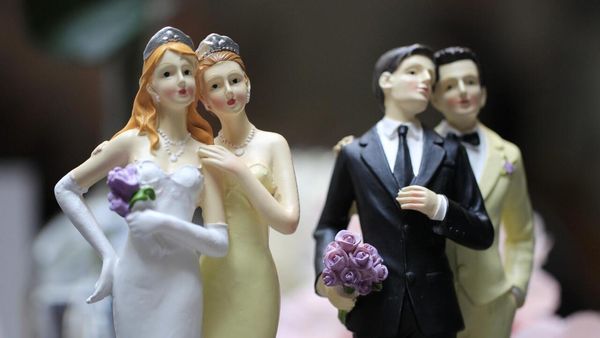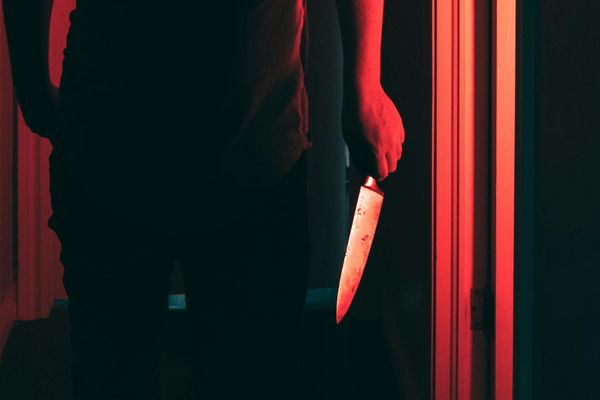Confronting images have emerged on social media of brumby carcasses left to rot in some of the Snowy Mountains' most pristine waterways after winter culling programs.
"Ah, you wouldn't believe the stench of it; rotting, maggoty carcasses everywhere," photographer Ian Brown said.

"We went walking up there on the long weekend and we counted 171 dead horses on a seven-kilometre section of the Australian Alps Walking Trail."
He said that most of the horses had been shot from the ground over the winter. Mr Brown said the park rangers shut the access trails for three months in the depths of winter, which is when the ground culling program is conducted.
Mr Brown said while signs warn visitors they may see dead horses, nothing can prepare them for the smell.
"What we are seeing up there now is terrible for park visitors," he said.
"We stopped to talk to an Austrian couple who were hiking the same trail. They were appalled by it; they couldn't believe that all these horses were just shot and left to rot."

The imagery also refuels the robust discussion around a proposed scale-up in the culling program using helicopters.
Culling of the horses is actively promoted as a means of protecting the waterway quality and flora degradation within our alpine national parks, but Mr Brown says that argument has now lost all credibility.
"It seems that this [opposition to the cull] is a lost cause and there will be a big lift in the shooting but if this is to go ahead, then where is the solution to protect the waterways?" he asked.
"People are filling their water bottles from these mountain streams.
"We contacted the NSW EPA (Environmental Protection Agency) a while back to report 11 horses carcasses in the headwaters of the Eucumbene River. Nothing was done."
Some of the latest posted images are from Tantangara Dam in NSW, which is on the Murrumbidgee River about 6km downstream from its confluence with Gurrangorambla Creek and wholly within the Kosciuszko National Park.
In a statement released two months ago, NSW National Parks said that "under the current Kosciuszko National Park Wild Horse Heritage Management Plan, the NSW government is legally required to reduce the wild horse population to 3000 in 32 per cent of the park by June 30, 2027".
"However, the NSW National Parks and Wildlife Service will not be able to meet that target using only the existing control methods".
Minister Sharpe added: "we must consider the introduction of aerial shooting, carried out by skilled, highly trained shooters to the highest animal-welfare standards".

A proposed draft amendment to the 2018 Kosciuszko National Park Wild Horse Heritage Act 2018, which would scale up the culling program significantly, is yet to be signed off by the NSW minister Penny Sharpe.
The most recent data released by the NSW government revealed 525 feral horses were removed from Kosciuszko National Park between July and December 2022. Recent academic studies suggest the current population is between 14,501 and 23,535 horses.
However, the visual eyesore that the culling presents to park visitors and the potential health issues which may result have sent frissons of alarm through park regulars.
Anti-brumby groups and government authorities often use waterway/alpine sphagnum moss protection to support the culling programs, arguing that the wild horses damage the delicate flora which collect, hold, filter and then gradually release water into important catchment areas.
The ACT government has a zero tolerance policy and last month shut seven nature reserves on its side of the border to conduct its "aerial control program", in which its Spring vertebrate pest control program removed 138 feral deer and 263 feral pigs between September 16 and 23. No horses were recorded as shot.







